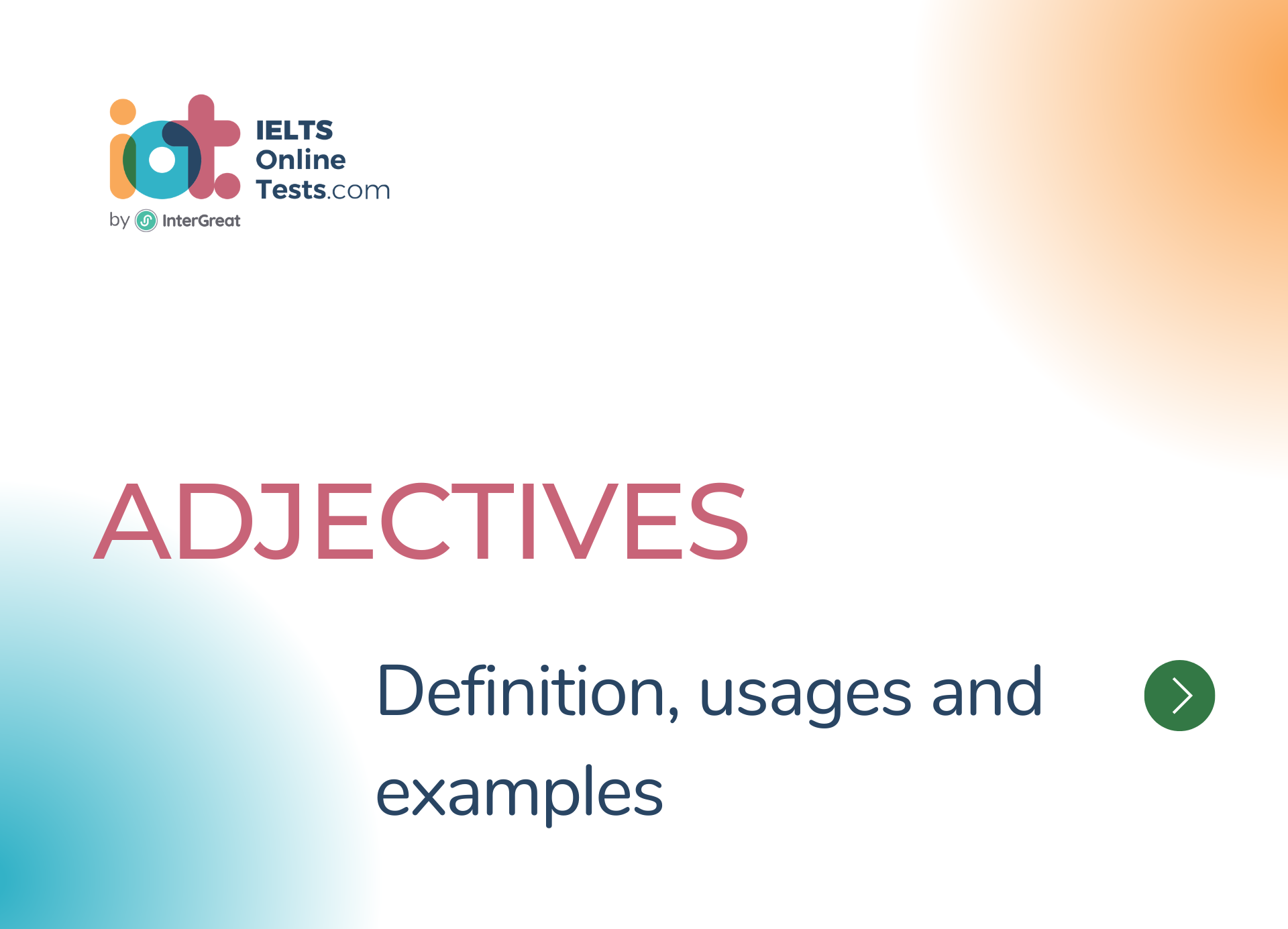
Adjectives
Adjectives are an important part of English grammar that provide descriptions or qualities to nouns or pronouns. They help in adding details and enhancing the meaning of a sentence.
Here are some key points about adjectives:
Definition: Adjectives are words that modify or describe nouns or pronouns, providing additional information about their size, shape, color, quantity, quality, or other characteristics.
Here are some examples of adjectives:
Size:
- Big, small, tall, short, gigantic, tiny, enormous, minuscule, colossal
Color:
- Red, blue, green, yellow, black, white, purple, orange, pink
Shape:
- Round, square, rectangular, triangular, circular, oval, cylindrical
Placement: Adjectives generally come before the noun they modify, but they can also follow certain linking verbs like "be," "seem," or "appear."
- Example:
- "The beautiful flower." (Adjective before the noun)
- "The flower is beautiful." (Adjective after the linking verb "is.")
- Example:
Descriptive Adjectives: Descriptive adjectives provide specific details about the noun, helping to create a clear image or understanding.
- Example:
- "The tall tower,"
- "The red apple."
- Example:
Limiting Adjectives: Limiting adjectives specify or restrict the noun by indicating a particular quantity or identifying it as specific or general.
- Example:
- "Three cats,"
- "This book,"
- "Some food."
- Example:
Comparative and Superlative Forms: Adjectives have comparative and superlative forms to compare or express degrees of comparison.
- Comparative:
- "Taller,"
- "More beautiful."
- Superlative:
- "Tallest,"
- "Most beautiful."
- Comparative:
Predicate Adjectives: Predicate adjectives follow linking verbs and describe the subject.
- Example:
- "She is happy,"
- "The cake smells delicious."
- Example:
Adjective Order: When multiple adjectives are used together, they usually follow a specific order based on their function.
- Example:
- "She wore a long, black dress." (Opinion - Size - Color)
- Example:
Adjective Clause: An adjective clause is a dependent clause that functions as an adjective, providing additional information about the noun or pronoun it modifies.
- Example:
- "The house that I bought is blue."
- Example:
Demonstrative Adjectives: Demonstrative adjectives point out or indicate specific nouns.
- Example:
- "This book,"
- "Those cars."
- Example:
Possessive Adjectives: Possessive adjectives indicate ownership or possession.
- Example:
- "My car,"
- "Their house."
Using adjectives effectively adds vividness and precision to your writing or speech. By employing descriptive and limiting adjectives, you can convey specific details and create a more engaging and expressive communication style.




